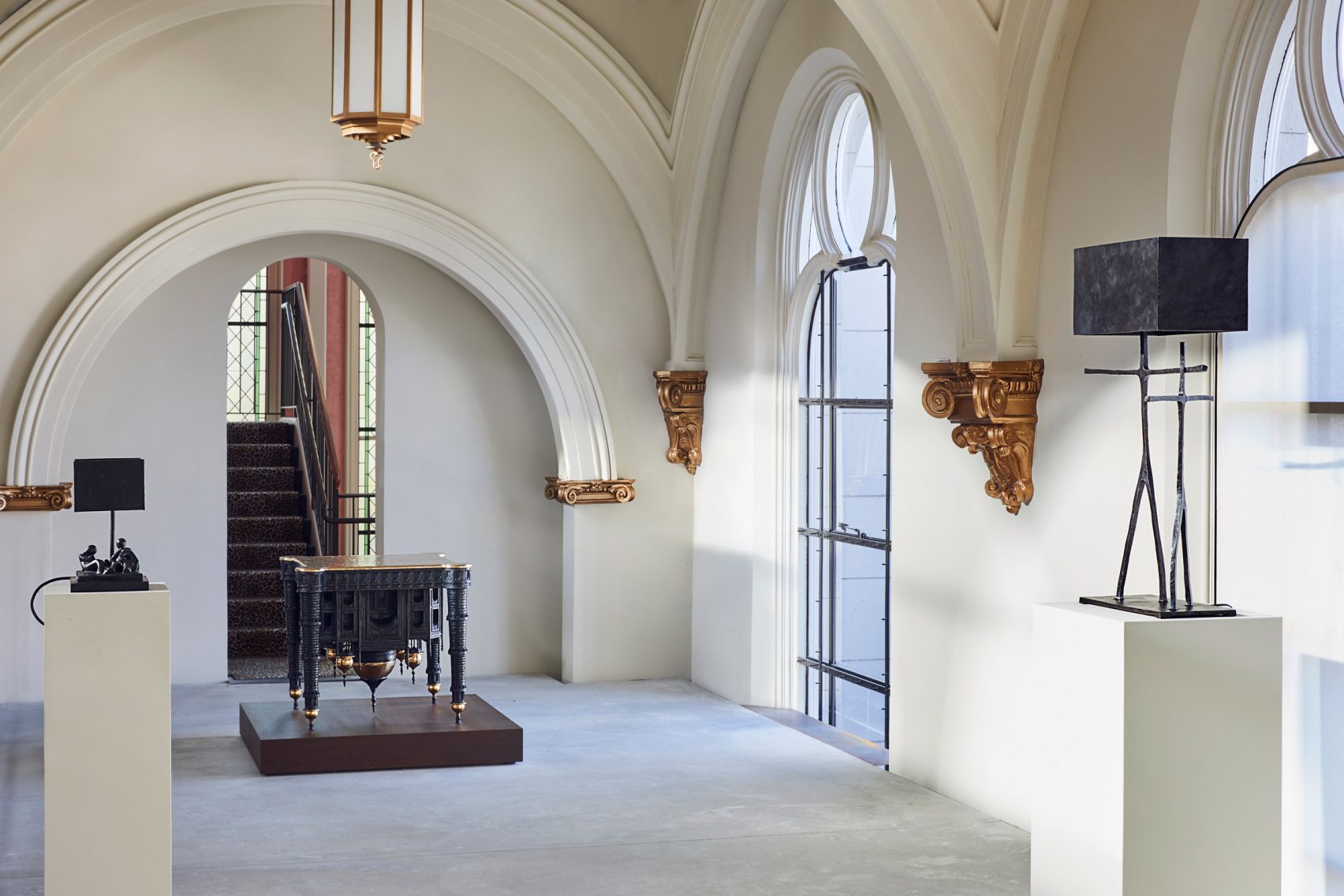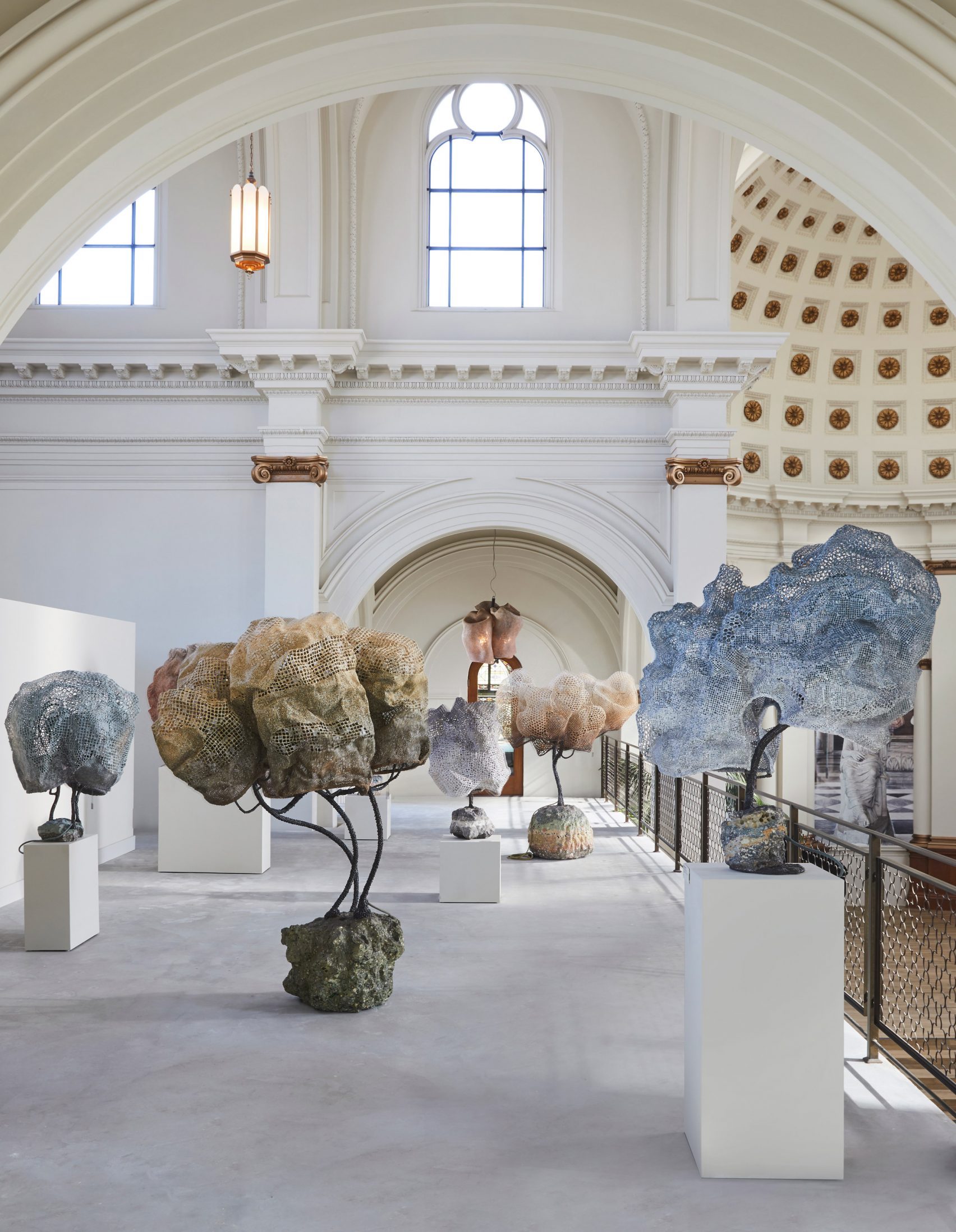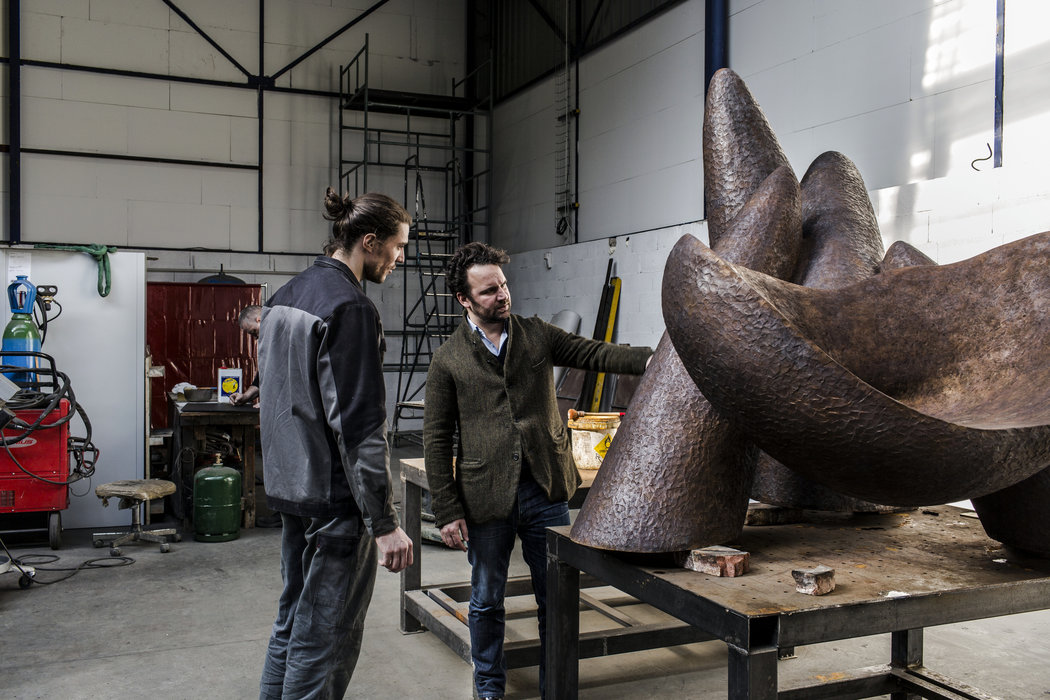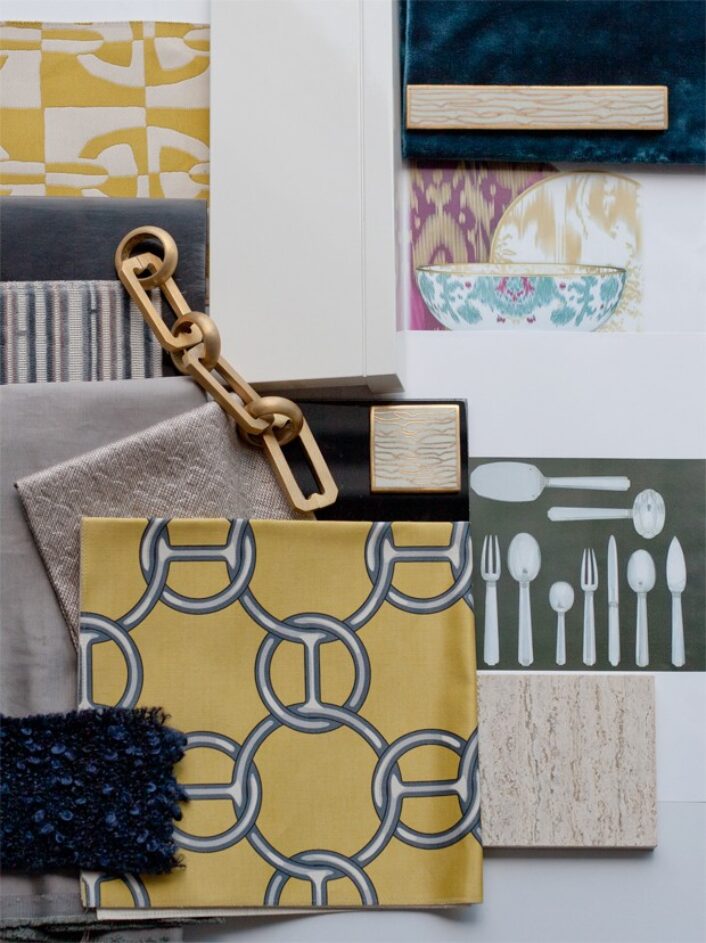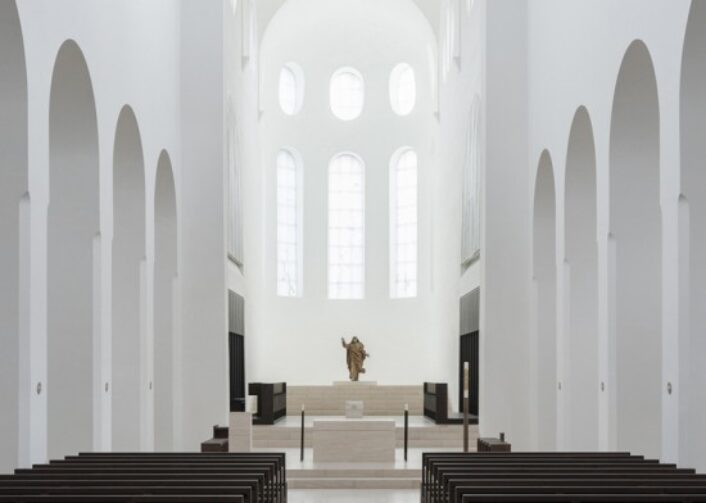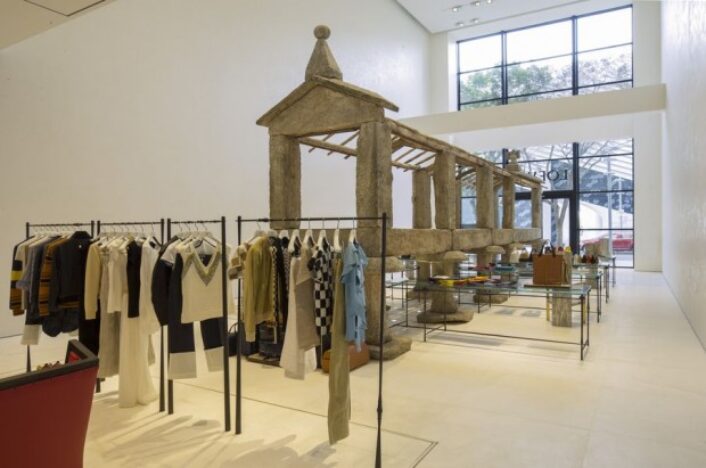Throughout its impressive growth, the has gallery remained actively involved in the research and production of the limited-edition works exhibited. And as a true testament to their authenticity, even the name has relevance. When founders Lombrail and Le Gaillard opened their first gallery, it was in an old carpenter’s workshop in Chelsea, London. Now, twelve years later, the duo has a presence in four of the world’s most culturally evolved cities: London, Paris, New York City, and San Francisco.
When asked about why they choose San Francisco, Le Gaillard said, “The fact that San Francisco is supported by an active and engaged collector base made the city a clear choice. We also feel that—more than other cities in the U.S.—the taste of the new generations in San Francisco is evolving quickly toward a more contemporary approach where craft and technology exist side by side, which is exactly what we do.”

